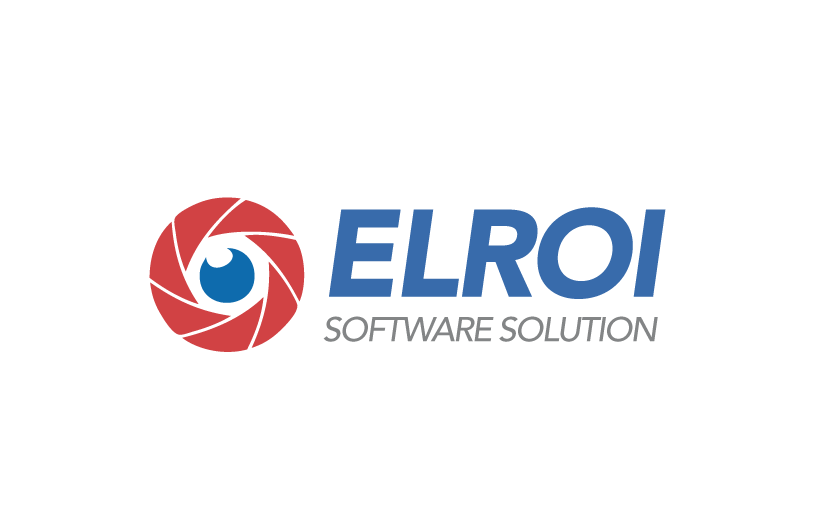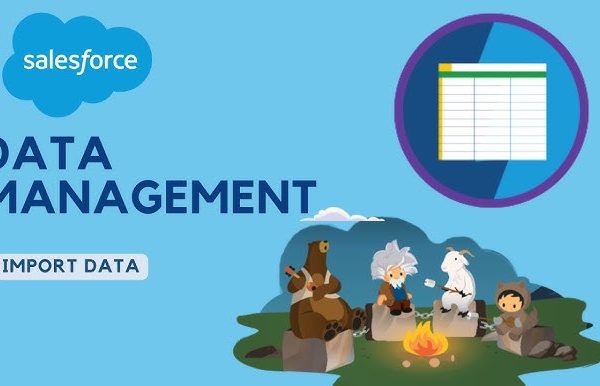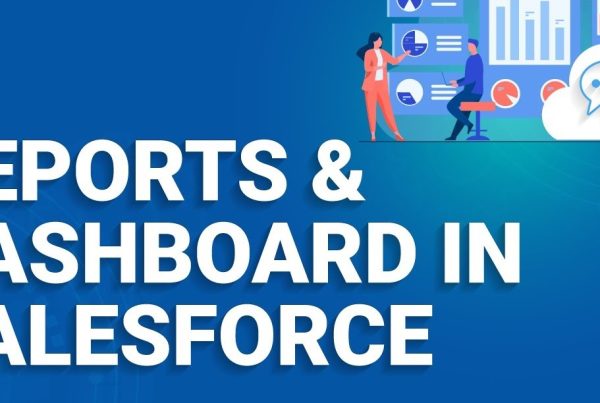Business analysts are the people in your organization who are asking ‘why’ – why a process happens the way it does – to understand what the business needs from its technology.
The business analyst role has existed for some time in the Salesforce ecosystem, however, the conversation has picked up pace with Salesforce releasing the Business Analyst certification (2022) and Trailhead modules for this career path.
What Is a Salesforce Business Analyst?
A Salesforce Business Analyst, in a nutshell, acts as a translator. The business wants to accomplish something and we know it is going to be accomplished using Salesforce. So, a BA’s job is to translate what the business wants to do, into how it actually gets done.
“To me, a BA is an admin that is empowered to ask “Why” on a deeper level. We need to be able to understand and effectively communicate both the “Why” and the “How’ to stakeholders so that everyone’s goal is achieved.”
Business analyst goals
- Performance (+ Minimization of Technical Debt): Maximizing the value of a system through architecture best practices and technical specifications. This allows your users to utilize Salesforce without worrying about technical faults, such as unreliable functionality or records loading slowly.
- Adoption: Allowing and empowering users to utilize the functionality that has been enabled in your Salesforce instance. This includes collecting user feedback, as well as guiding best practices for user experience.
- Security: Safeguarding your Salesforce instance from unwanted individuals through identifying threats on your security landscape. Security also encapsulates visibility – the idea that the right information in your Salesforce instance is seen by the right individuals.
Business analyst responsibilities and tasks
A business analyst’s responsibilities and tasks include:
- Elicitation: Using various techniques to gather business needs from stakeholders, e.g. focus groups, observation, prototyping.
- User stories: Statements that are structured “as a [role], I want to [action], so that I can [outcome]”, outlining the work you need to complete to meet the overall business requirement. These will be used to validate development work, especially during user acceptance testing (UAT).
- Process Mapping: Beyond being shapes and words mapped onto a canvas, business process maps enable business analysts to engage end-users and validate business requirements. Process maps drive out waste, identify improvements, and form the basis of UAT and training. Examples include UPN (universal process notation), ERD (entity relationship diagrams), value stream maps, and SIPOC (supplier, inputs, process, outputs, and customers).
- Documentation: Details the reason why something was brought to reality, therefore, giving greater insight into how it is/should be used. BAs are responsible for multiple types of documentation throughout the project lifecycle including: stakeholder analysis, current state analysis, gap analysis, user acceptance test plans, and many others.
- Stakeholder Communication: Keeping everyone involved with the project informed and aligned. Stakeholders can often come with their own motivations and objectives that you need to balance in meetings and in communication throughout the project lifecycle.
- User Acceptance Testing (UAT): How do you ensure that what you deploy into production a) functions as it should, and b) is what your users actually want? That’s where UAT comes in (also known as beta or end-user testing), for users to stress test the system how they would use it day-to-day. A BA’s role ensures that the right people are testing the right things, and can be the deciding figure between go-live, or back to the drawing board.
Salesforce Business Analyst Demand
Does it surprise you that business analysts could be the most in-demand role in the Salesforce ecosystem? According to the Salesforce Talent Ecosystem Report ‘22, the year-on-year demand for business analysts grew by a whopping 55%.
“When companies start with Salesforce, if it’s a small company, they probably have an ‘accidental admin’. The management says: “hey, we’re buying Salesforce and you’re a savvy person – we’re going to give this to you”. As that company begins to grow and mature in its operations, they learn that they have limitations with their in-house resources.
They start looking to add specializations because they realize how complex Salesforce actually becomes – there’s a constant stream of new features – as these businesses see more, they want more.
On the enterprise side, we see the same thing. Companies are going all-in on Salesforce, and in order to get the most out of that investment, they perhaps bought in a consulting partner to carry out the implementation. The organization understands that it’s not cost-effective to keep doing large engagements with consultancies – so, they bring expertise in-house with BAs.”









